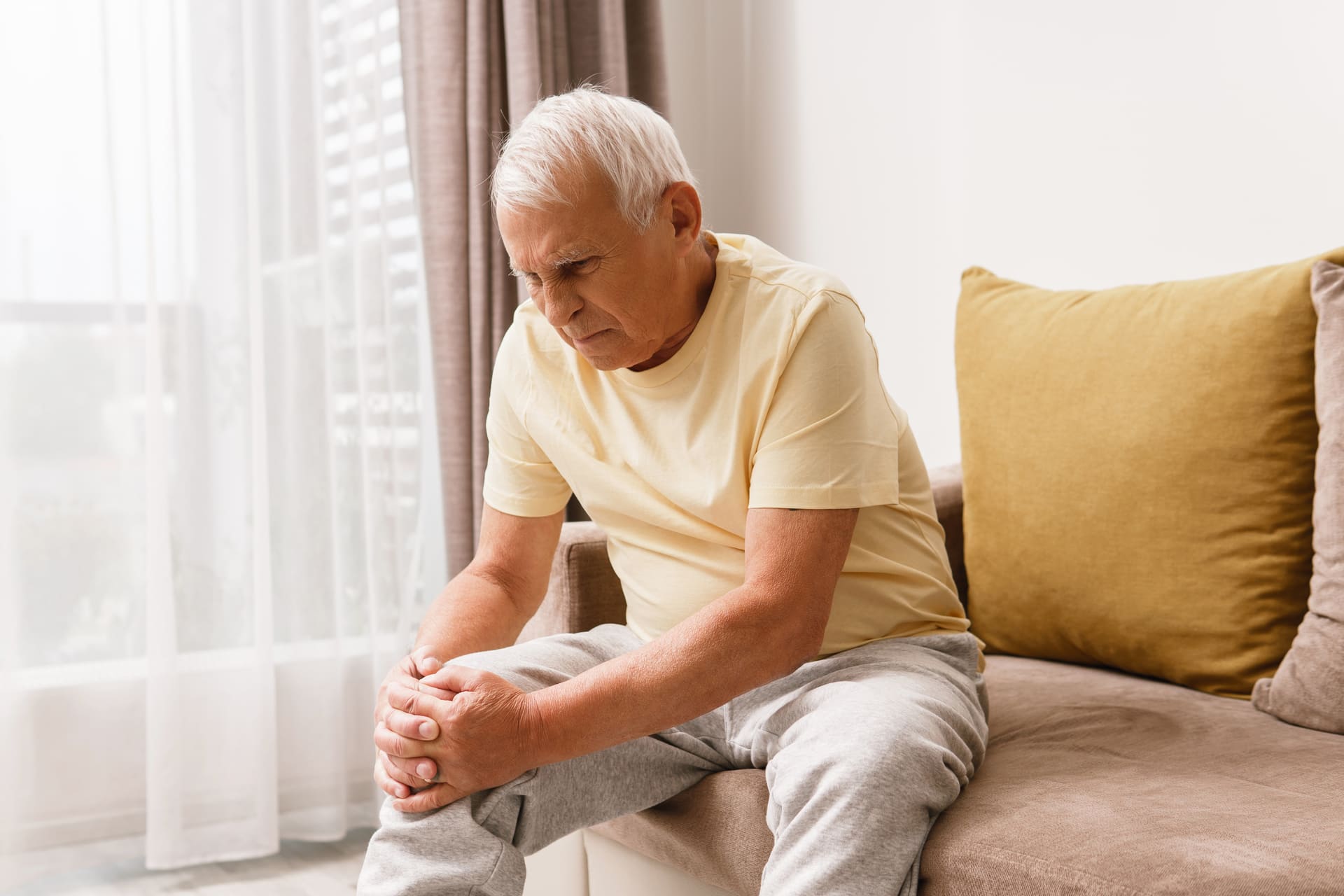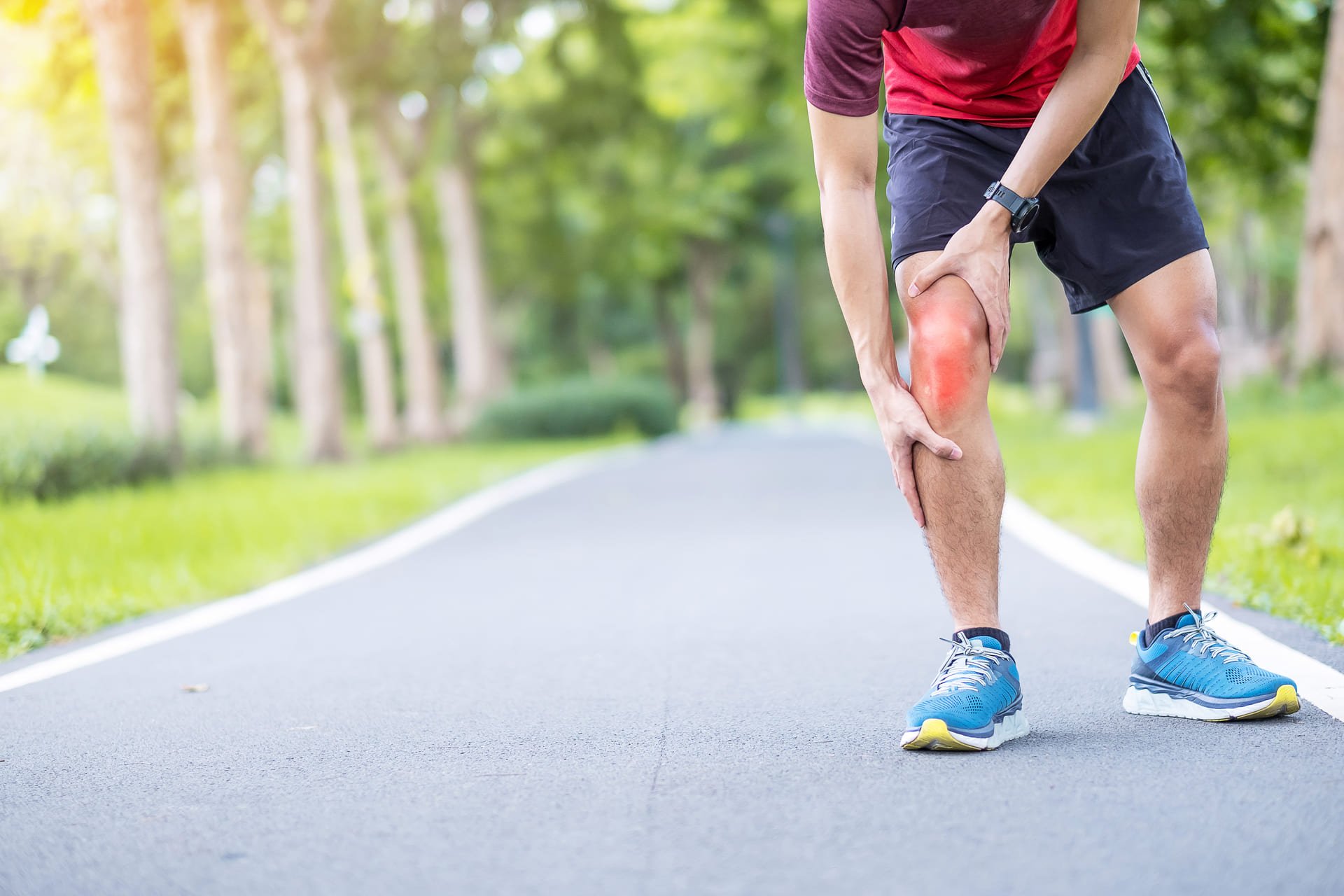
Arthritis: The Risk Factors And Management
Joint pain and stiffness are the most common symptoms of arthritis. Oftentimes, it gets worse with age which leads many people to believe that they’re getting older or their bodies catching up on years’ worth of wear and tear from life’s hectic routines! There are two main types: osteoarthritis where the cartilage breaks down leading to loss of joint mobility; rheumatoid where an immune system problem affects blood vessels in your tissue making them expand rapidly causing painful inflammation.
The best way to manage this condition has been by using medicinal cannabis since its natural compounds help combat both types well without having any side effects, unlike prescription drugs.
Table Of Content
1. Symptoms :
The most common signs and symptoms of arthritis involve the joints. Depending on the type of arthritis, signs and symptoms may include:
- Pain
- Stiffness
- Swelling
- Redness
- Decreased range of motion
2. Risk Factors of Arthritis:
It’s not just the aging process that causes arthritis. All of us are at risk of developing this condition which affects our hands and feet, knees, or back.
Risks include:
- Family history. If you have a family history of arthritis, it’s more likely that your parents or siblings will also be diagnosed with the condition.
- Age. Joint health is an important factor in determining the risk of developing many different types of arthritis. Osteoarthritis, rheumatoid and gout can all increase with age while minor joint problems such as bursitis or frozen shoulder usually develop early on due to stress on your joints from activity that becomes more difficult over time.
- Your sex. Women are more likely than men to develop rheumatoid arthritis, while most of the people who have gout, another type of arthritis, are men.
- Previous joint injury. Injury and pain are two common factors that may result in the development of an arthritic joint. Injuries such as those related to sports or other physical activities have been shown time after time, so it’s no surprise they’re linked together too!
- Obesity. The extra weight you carry puts pressure on your joints, particularly the knees and spine. People who are obese have an increased risk for arthritis as well!
3. Management of Arthritis:
It’s important to stay healthy and manage your condition for the symptoms of arthritis, like pain or inflammation, to be manageable. The five self-management strategies that can be used include resting; taking care when moving around (easeful motion); choosing what works best for you by evaluating foods that may irritate an individual’s system but not others’ without warning signs first – this includes dehydration prevention through drinking enough fluids while also making sure they’re nutritious beverages such as water instead of coffee.
1. Learn new self-management skills.
Join a self-management education workshop, which can help you learn the skills to manage your arthritis and make good decisions about your health.
Learning strategies to better manage your arthritis can help you:
- Feel more in control of your health.
- Manage pain and other symptoms.
- Carry out daily activities, like going to work and spending time with loved ones.
- Reduce stress.
- Improve your mood.
- Communicate better with your healthcare provider(s) about your care.
2. Be active.
Physical activity can relieve your arthritis pain by decreasing inflammation. The more physical activities you do each day, the better it is for relieving this condition in people who suffer from it because they will have lower levels of TNF-a which causes swelling and reddening around joints due to excessive production by cells responsible for defending against bacteria infections or damage is done through mechanical injury such as athletic bruises; these findings are especially important since many chronic diseases develop when we don’t move enough throughout our lives!
Maintaining an active lifestyle may also help manage health conditions like heart disease, diabetes, etc.
3. Talk to your doctor.
Joint pain is a common problem for many people and it can often be caused by arthritis. If you notice any of these signs in your joints, talk to your doctor right away so that they may diagnose accurately as soon as possible- this will help put an end to the spread or progression toward more severe symptoms!
The focus of arthritis treatment is to
- Reduce pain.
- Minimize joint damage.
- Improve or maintain function and quality of life.
4. Manage your weight.
To reduce the pain and inflammation that comes with arthritis, it’s important for people who are overweight or obese to lose some weight. Studies show as a little as 10-12 pounds can improve function in those struggling along their journey through life with this condition by helping them move easier on joints like hips & knees which take more punishment than other parts of our bodies when we go running without wearing supportive shoes!
Losing excess skin fold not only helps us feel better but also improves performance during daily tasks such as shopping around town; climbing stairs
5. Protect your joints.
Joint injuries can be a serious cause or symptom of arthritis. When joints are injured, they become more likely to develop osteoarthritis in the future because it is so difficult for them to heal from these types of blows- even if you have a full recovery after the initial injury! Take steps now by wearing protective equipment when playing sports and avoiding repetitive motion whenever possible which will help reduce your chances of developing this condition later on down the road.
4. Conclusion:
The good news about arthritis is that most people don’t experience major mobility problems due to the condition. It’s also important for those who do have less severe forms of joint damage, as it can be treated with effective treatments like medication or surgery! You should continue having an active lifestyle – even if your joints hurt sometimes when going up stairs quickly on slippery steps this will keep stress down and help prevent damage from occurring in other parts of our bodies that may not yet show any outward signs but still require care.


